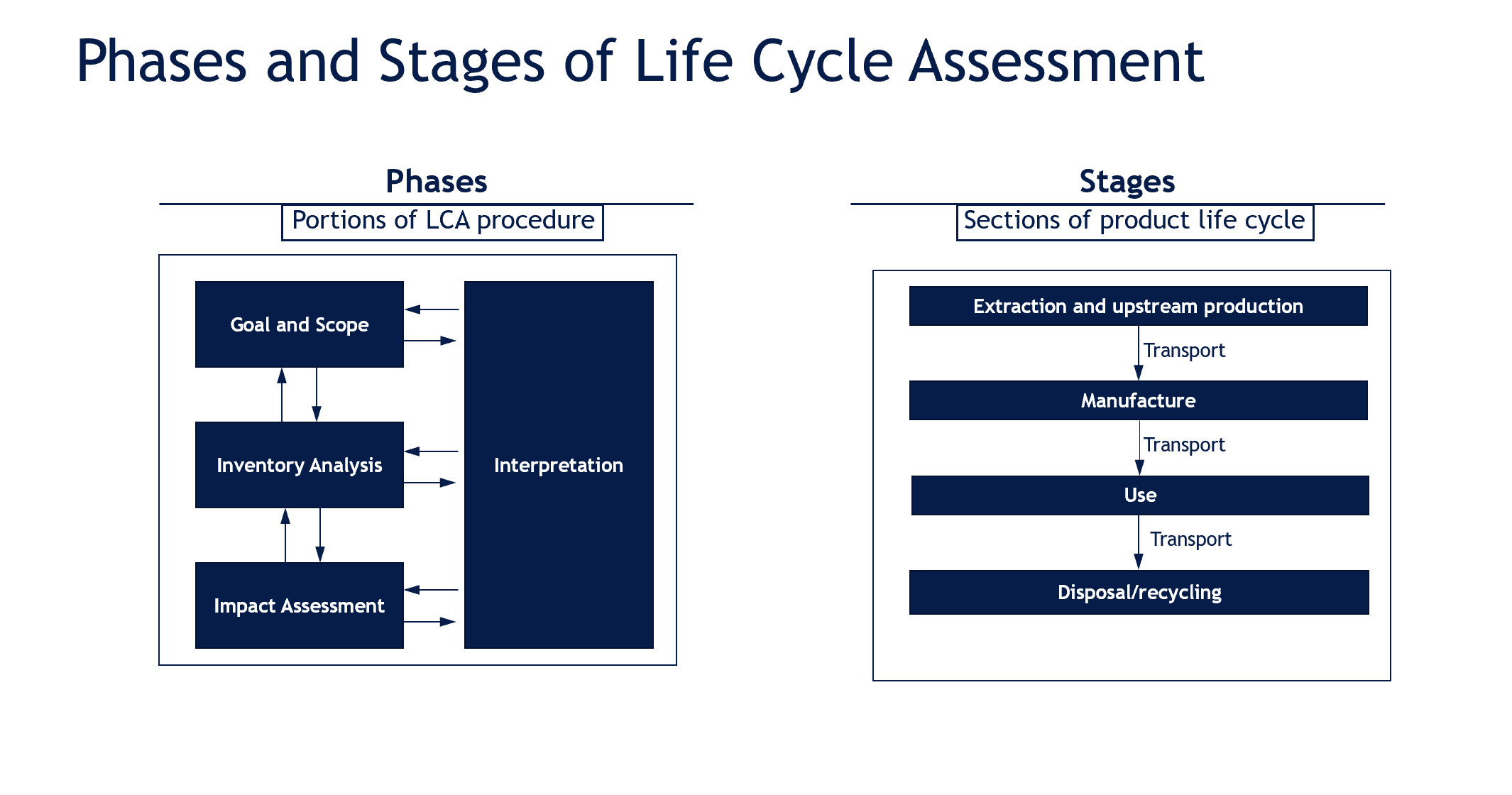Introduction to Life Cycle Assessment (LCA)
Lisa Powers
EVP, Public Affairs & Communications, Personal Care Products Council
Increasing demands from stakeholders for improved environmental performance and transparency appear to be fueling the recent peak of interest in life cycle assessment (LCA). As more companies, both large and small, make commitments toward a more sustainable future, science-based tools like LCA help them chart a strategic course forward and, more importantly, objectively measure progress.
Life cycle assessment is a multi-staged, detailed process of identifying and measuring the inputs that go into making something and the outputs that occur as a result. It’s a valuable tool for understanding how impacts occur as a result of the materials used throughout the value chain, from cradle to grave. Despite its highly technical nature, a growing number of marketing and sustainability executives (not just supply chain or process engineering professionals) are commissioning LCA studies, recognizing the opportunity to drive both business and social value.
While LCA can be used in a variety of applications, the most common are:
- Identifying greatest impacts along a supply chain;
- Establishing a baseline for improvement;
- Making meaningful comparisons of like, but not identical, objects;
- Helping guide a product or process development;
- Telling a product story; or
- Supporting product environmental declarations.
Earlier this month, PCPC hosted the third webinar in its sustainability series, introducing the concept of LCA to member companies. This series is intended to advance the capabilities, know-how and understanding of sustainability best practices among PCPC members. Judging by the questions posed during the webinar, life cycle assessment is a topic of growing interest to our member companies.
Guest speakers Dr. Jim Fava and Dr. John Heckman, both executive directors at Anthesis, shared their 60+ years of combined experience working with LCA. In addition to providing a brief history on LCA’s development and real-life examples of its potential applications, their presentation provided a simple explanation of the phases, or steps in the LCA process, and stages, which are tied to aspects of the product life cycle (see below). Fava and Heckman also shared their perspective on widely used LCA software tools, and the types of human health, ecosystem and resource impact categories most commonly measured as outputs in LCA.
Many PCPC member companies are well versed in LCA. Some have been exposed to the principles through their membership in the Sustainable Packaging Initiative for Cosmetics (SPICE), whose life cycle assessment, eco-design webtool was demonstrated during an earlier webinar. Others have invested in low-cost or open-source tools for non-experts that provide decision making support in procurement or product design.
Member companies recognize the growth of LCA-based ecolabels and other stakeholder pressures to better manage limited resources and any impacts created along the value chain. Science-based tools, whether used in calculating greenhouse gas emission reductions or facilitating a choice between different packaging materials, provide a data-informed approach to decision making and a credible way forward for all companies on a sustainability journey.

